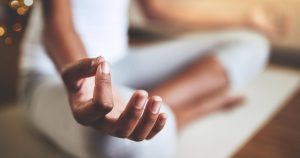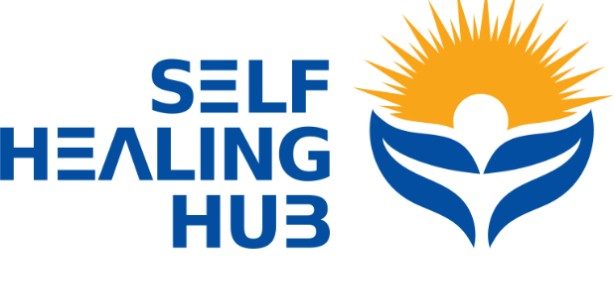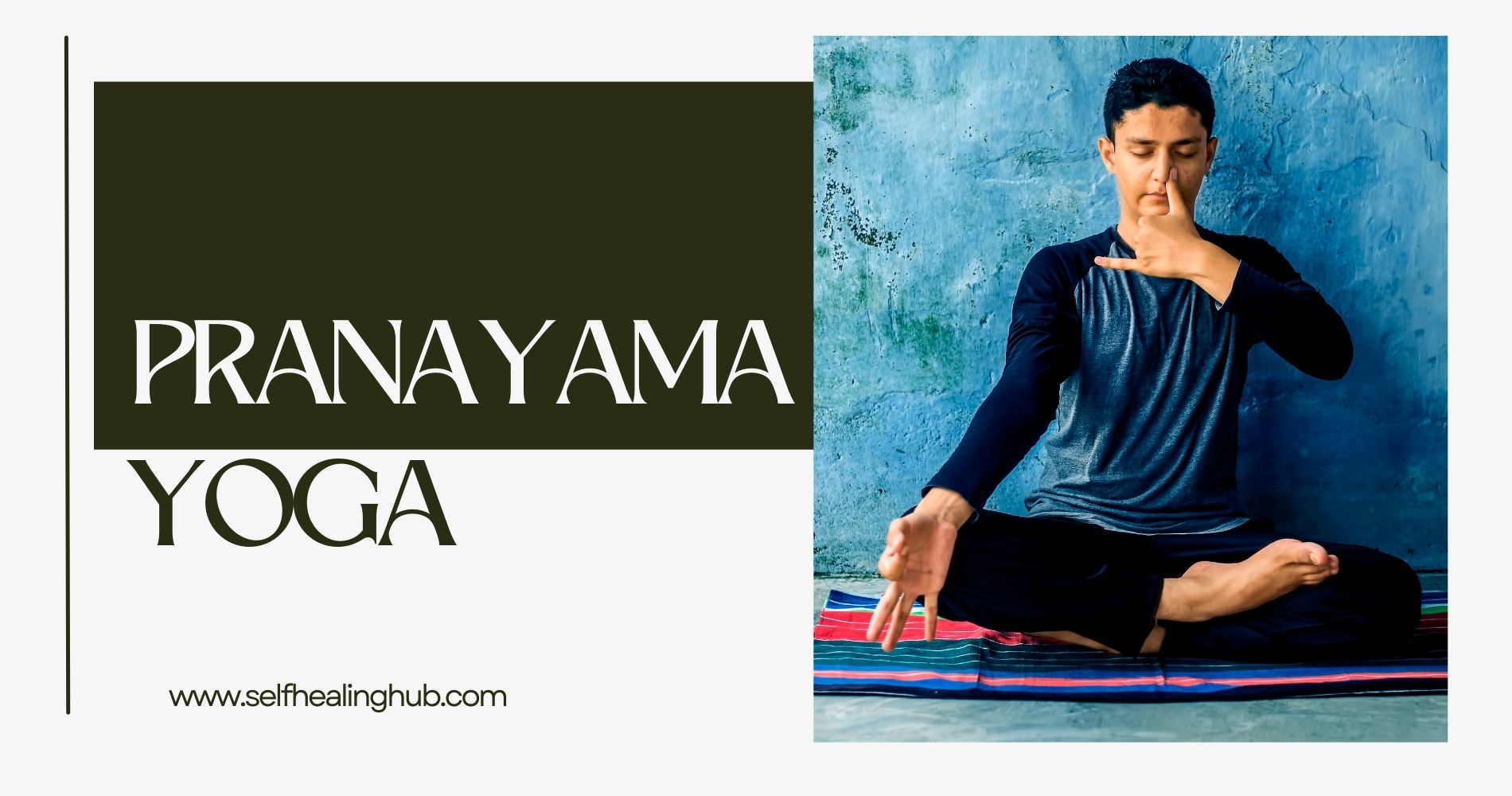Yoga that concentrates on the breath is called pranayama yoga. Your respiratory system and mind can benefit from this style of yoga. Anybody can practise yoga pranayama. However, it is frequently suggested for those with asthma or other breathing issues.
YOGA’S HISTORY
Women are practising yoga inside in the pranayama stance known as uddiyana bandha.
The yogic breathing technique known as pranayama involves exercises and procedures to control and regulate the breath. The method was called the nasal cycle by scientists. However, yogis have been aware of the occurrence of pranayama for about 7000 years. The Bhagavad Gita and the Hatha Yoga Pradipika are two early yoga books that refer to it. In the sixth and fifth centuries BCE, when yoga was first developed, many pranayama practices were developed in ancient India.
The eight limbs of yoga include pranayama. It is the fourth limb following the Yamas, Niyamas, and Asana. Pranayama can facilitate deep meditation, which can help the mind become clearer over time.
Today’S PRANAYAMA YOGA
The vital life force, or prana, is what is meant by the word control or Yama. Another way to translate pranayama is as pranayama, where -Ayama stands for expansion. When pran—the breath—is prolonged, the life force, the amount of energy, and even the number of years in your life are all raised due to the practice. Inhalation ( Pranayama ), internal retention ( Antaraka-kumbhaka), exhalation (chakra), and external retention (bahya-khumbaka) are the four breathing methods that are the emphasis of pranayama. For the breath, or prana, to easily circulate through the body, the exercises assist in removing mental and physical blockages.
Origins are where modern pranayama techniques come from. However, it combines traditional yoga with contemporary understanding to improve design and better understand the psychological and physiological processes during practice. The second most common yoga technique is pranayama. It has been used successfully to hasten patients with Covid-19’s recovery of pulmonary function throughout the epidemic. While some breathing exercises in yoga call for advanced skills, many may be performed by beginners.
Breath control and flow are taught via pranayama practices. Mindful breathing can help us awaken our prana or life force energy correctly. This is the body’s network of essential energy channels that pulse. In yoga, the term “prana” refers to the ability to manifest the life forces of the entire cosmos. The most subtle manifestation of prana in our bodies is our breath, which is a powerful life force that runs through us and around us. It generates the energy of our consciousness, which keeps us in the here and now and controls every bodily physical process.
CONSIDERATIONS OF PRANAYAMA YOGA
Regular pranayama breathing enables the movement of breath and prana throughout the body, enhancing physical well-being. Here are just a few advantages that come from regular or consistent practice:
Increases mental health: A number of peer-reviewed research contend that pranayama enhances emotional states by removing unhelpful emotions to promote mental clarity. It modifies the activity of the brain’s emotional regulation centres, including the amygdala, anterior insula, prefrontal cortex, and anterior cingulate. This shows how four weeks of pranayama can lower levels of anxiety and despair. The regulation of connectivity and activity in the brain regions responsible for emotional processing, consciousness, and attention is linked to these alterations.
Sleep patterns: Pranayama may be helpful for persons who have problems falling asleep at night. The body is relaxed and made ready for sleep when the parasympathetic nervous system is activated. Before going to bed, you should practice some pranayama techniques like left nostril breathing, humming bee breath, belly breathing, and 7-2-11 calming breath.
Promotes a healthy cardiovascular system: Regular pranayama practice can improve autonomic and cardiovascular factors. It raises lung capacity, purges the blood, lowers cholesterol, and lowers blood pressure and glucose levels. Each of these elements reduces cardiovascular risks and supports a healthy heart.
Pranayama lowers the activity of our sympathetic nervous system, which helps with digestion. Our fight-or-flight response is another name for this. Our digestive system suffers under stress, and the fight or flight reflex kicks in. We experience increased bloating, increased gas production, and constipation. Breathing techniques called pranayama calm down our sympathetic nervous system, which supports a healthy digestive system.
Yoga breathing techniques
Four of the most common pranayama exercises are described in the following instructions. Make sure you study pranayama with a qualified instructor if you have any health issues.
Woman inhaling through each nostril alternately
Nadi Shodhana, also known as alternate nostril breathing, is a pranayama that involves breathing through each nostril in turn. Cross your legs and start sitting. Take a deep breath and place one hand on your knee. Close your right nostril with your other hand and take a deep breath in. With your extra fingers, close your left nostril while opening the right. Completely exhale. Exhale entirely via your left nostril after taking a breath through your right. Ten times through the cycle.

Benefits of alternate nostril breathing include the cleansing of the body’s energy pathways. In addition, it might make it easier to stop smoking and result in less anxiety and better attentiveness.
Modern yoga sessions frequently employ the breathing technique known as Ujjayi Pranayama (Victorious Breath). To assist you in concentrating on your breathing and activity, it mimics the rhythmic sounds of ocean waves or a humming sound. Inhale via your mouth in a comfortable position to start. Tighten the back of your throat by believing you are attempting to fog up a mirror. After that, shut your mouth. Maintain a tightened neck and keep breathing through your nose. The opening cycle is now complete. A further five to ten cycles should be performed.
Benefits: According to the National Center on Health, Physical Activity, and Disability, ujjayi pranayama has the power to reduce stress, enhance focus, warm the core, and control the body’s internal temperature.
You will deliberately try to breathe into three different sections of your abdomen while using the Dirga Pranayama (Three-Part Breath) breathing method. While lying on your back, take deep belly breaths. Observe how it grows. Draw additional air into the rib cage and then a tiny bit more into the chest once you feel it is full. Start breathing out from the upper chest, then the ribcage, and finally, the belly. Spend 10–20 breaths performing this cycle.
Benefits: Over time, practising the three-part breath can help to regulate the neurological system and reduce stress. It improves breathing, decreases blood pressure, and slows down heart rate.
Bhramari meditation
Begin by sitting in a yoga pose, such as Vajrayana or sukhasana, before beginning Bhastrika Pranayama (Bellows Breath). Fold your arms close to your shoulders and clench them into a fist. Take a breath, raise your arms, and clench your fists. Take a deep breath, lower your arms to your sides, and clench your fists. For 20 breaths, repeat this pattern. After finishing this series, unwind by placing your palms on your thighs and breathing normally for a few minutes. Do the same thing two more times.

The benefits of this yoga breathing exercise include effective body and mental energization. By expanding our lung capacity, we may better control our breathing problems and rid our systems of poisons and other pollutants.
Here are some additional pranayama exercises for health and wellness:
- Right-nasal breathing, or Pingala Nadi
- The term “Kapalbhati” (skull-shining breath)
- Yoga Nidra Surya Bhedana
- Bumblebee breath, or brahman pranayama
CONTRAINDICATIONS AND RISKS
Pranayama has a lot of advantages, but not everyone is a good candidate for it. It can be best to refrain from the procedure if you’re menstruation or pregnant. Exercises that involve holding your breath are also not advised for people who have heart or blood pressure problems. Before beginning pranayama practice, speak to a medical expert or your doctor if you have any queries or concerns.
WHAT TO DO FIRST, PRANAYAMA OR YOGA?
Yoga asanas should be practised before pranayama if you want to do both. Additionally, pranayama should be conducted on an empty stomach. By engaging in asana practice beforehand, you can allow your body more time to digest while also hastening digestion through the organs’ stimulation. After you’ve completed practising your asanas, unwind in savasana before beginning pranayama. After pranayama, avoid engaging in any strenuous activity.
WHAT DOES KUNDALINI YOGA PRANAYAMA MEAN?
Chanting, repeating positions, singing, and breathing exercises are all a part of kundalini yoga, also known as the yoga of awareness. It uses various pranayama techniques, such as kapalabhati pranayama, to control various levels of relaxation, well-being, and consciousness. To awaken your kundalini energy—also referred to as shakti—the spiritual energy residing at the base of your spine.
WHEN SHALL PRANAYAMA BE PRACTICED?
Although anyone can practice pranayama, some individuals choose to perform it first thing in the morning or last thing at night. It is preferable to practice when you are not hungry or full to avoid becoming sidetracked.
CAN YOU MEDITATE WHILE DOING PRANAYAMA?
In terms of things like focus and breathing exercises, there are some similarities between pranayama and meditation. However, pranayama is not meditation, and there are differences between meditation and pranayama. Meditation is a technique for developing mental awareness. In contrast, pranayama enhances breath retention and prana flow awareness. Both yoga breathing techniques will promote mental and spiritual balance in their own special ways.








